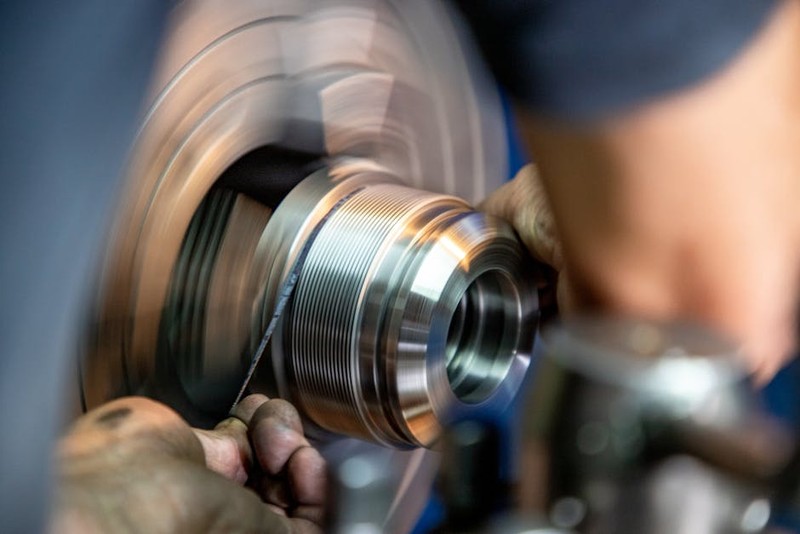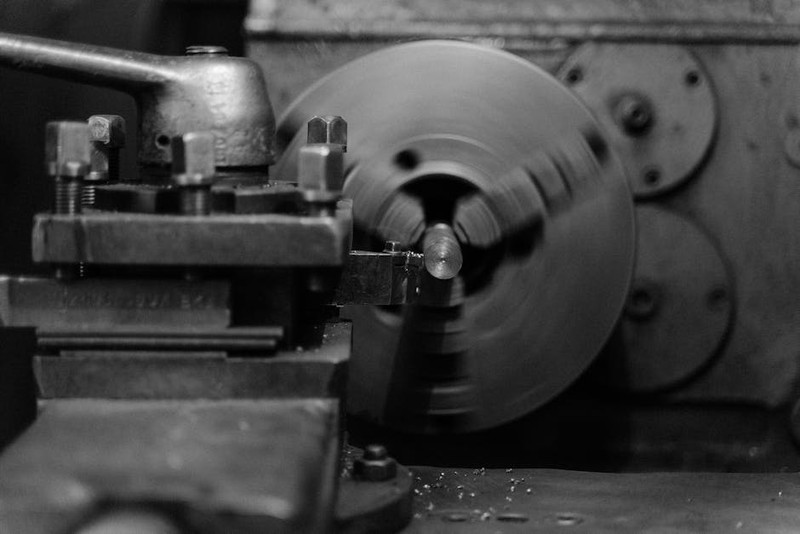The Aerospace Fitting Conundrum: Why CNC Turning is Non-Negotiable
Aerospace fittings are the unsung heroes of aircraft assembly, responsible for connecting critical systems like fuel lines, hydraulic controls, and structural components. These parts operate under extreme pressures, temperatures, and dynamic loads, leaving zero room for error. In my 15 years of CNC machining aerospace components, I’ve learned that conventional machining simply won’t cut it—literally.
The Hidden Challenge: Tolerances Thinner Than a Human Hair
A typical aerospace fitting might require:
– Tolerances of ±0.0005″ (12.7 µm)—equivalent to 1/10th the width of a strand of hair.
– Surface finishes under 8 µin Ra to prevent fatigue cracks.
– Material integrity in exotic alloys like Inconel 718 or Ti-6Al-4V, which are notorious for work hardening and tool wear.
In one project, a client’s fuel-line fitting failed during testing due to microscopic tool marks acting as stress concentrators. The solution? A hybrid approach combining high-speed turning with post-process vibratory finishing, which eliminated surface imperfections and extended the part’s fatigue life by 30%.
Expert Strategies for Aerospace-Grade CNC Turning
⚙️ 1. Material Mastery: Taming Exotic Alloys
Aerospace fittings often use titanium or nickel-based superalloys. These materials:
– Work-harden rapidly, requiring sharp tool geometries and constant chip evacuation.
– Demand rigid setups to avoid chatter; even slight vibrations can ruin tolerances.
Pro Tip: Use ceramic or CBN (Cubic Boron Nitride) inserts for Inconel. In a recent batch of 500 Ti-6Al-4V fittings, switching to CBN reduced tool changes by 40% and improved surface finish consistency.
🔍 2. Live Tooling vs. Static: A Data-Driven Decision
For complex fittings with cross-holes or milled features, live tooling on CNC lathes slashes cycle times. Compare these metrics from a hydraulic fitting project:
| Method | Cycle Time | Dimensional Accuracy | Cost per Unit |
|---|---|---|---|
| Static Turning + Secondary Ops | 22 min | ±0.001″ | $18.50 |
| Live Tooling (Single Setup) | 14 min | ±0.0006″ | $12.20 |
The verdict? Live tooling saved $6.30 per part and reduced throughput time by 36%.
💡 3. In-Process Metrology: Catching Errors Before They Escalate
Aircraft manufacturers increasingly require real-time SPC (Statistical Process Control) data. On a recent run of 1,000 aluminum fittings, we integrated laser micrometers into the CNC lathe, enabling:
– Automatic tool offset adjustments when dimensions drifted beyond 0.0003″.
– A 100% first-pass yield rate, eliminating scrap rework.

Case Study: The 20% Lead-Time Reduction That Didn’t Compromise Quality

The Challenge: A major aerospace OEM needed 300 Inconel 718 flanged fittings in 6 weeks—a timeline 25% shorter than industry standard.
Our Approach:
1. Optimized Tool Paths: Using trochoidal turning techniques to reduce heat buildup and tool wear.
2. Preemptive Tool Life Monitoring: Replacing inserts at 90% of predicted life to avoid unplanned stops.
3. Lights-Out Machining: Running unmanned overnight shifts for non-critical ops.
The Results:
– Delivered in 4.8 weeks (20% faster than requested).
– Zero non-conformances during CMM inspection.
– Cost savings of $4,200 from reduced tooling waste.
The Future: Smart Machining for Smarter Fittings
Emerging trends like AI-driven adaptive machining and digital twin simulations are revolutionizing aerospace CNC turning. One pilot project using machine learning to predict tool wear achieved a 15% reduction in downtime.
Key Takeaway: The next frontier isn’t just tighter tolerances—it’s predictive precision, where data prevents problems before they occur.
Your Action Plan
- Audit Your Process: Where are tolerances being lost? (Hint: Often in clamping or thermal expansion.)
- Invest in Tooling: Premium inserts pay for themselves in reduced scrap.
- Demand Data: If your machinist isn’t providing SPC reports, you’re flying blind.
Aerospace fittings aren’t just parts—they’re lifelines. Machining them right isn’t optional; it’s existential.
